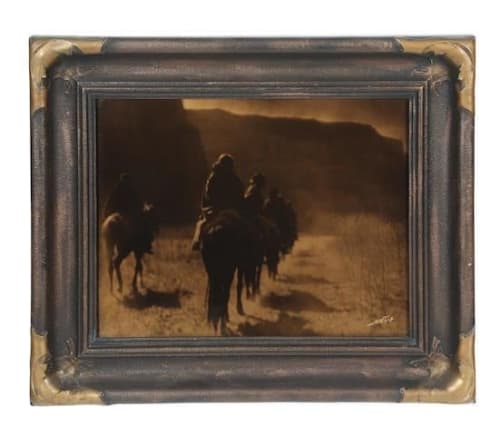Edward S. Curtis (1868–1952) was an American photographer and ethnologist best known for his extensive work documenting Native American peoples and cultures in the early 20th century. Born in Wisconsin and raised in Minnesota, Curtis later moved to Seattle, where he built a successful career as a portrait photographer.
Driven by a deep interest in Native American life, Curtis embarked on a monumental project to record the traditions, customs, and stories of Indigenous tribes across North America. With support from financiers including J.P. Morgan, he spent more than 20 years creating The North American Indian, a 20-volume series published between 1907 and 1930. The project included over 40,000 photographs and thousands of pages of ethnographic text covering more than 80 tribes.
Although celebrated for its scale and ambition, Curtis’s work has also been critiqued for romanticizing or staging elements of Native life to fit his vision. Nevertheless, his collection remains one of the most significant visual records of Indigenous cultures during a time of rapid change and displacement.
Curtis died in relative obscurity in 1952, but his work has since gained renewed recognition for its historical and artistic value.
